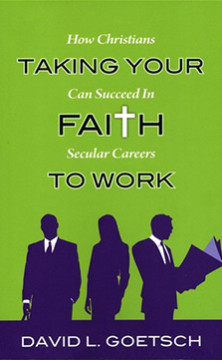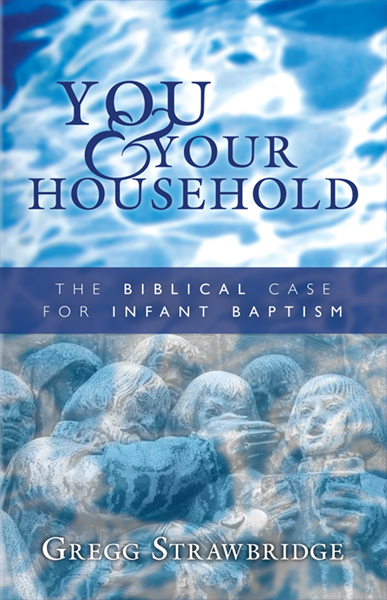If you don’t care for your house for a while, you slowly grow accustomed to your surroundings. You adjust. Those things that are broken that you couldn’t get to quickly, you learn to work around and may even eventually think that you have no need for them. Those holes in the wall become a part of the décor. Those bad smells from different sources become a part of the atmosphere of your home, so that you become nose blind to them. What initially repulsed you is now a part of your environment.
You may not notice the things in disrepair or the smells in your home, but others will. If someone comes from a place where things are kept in good order and the source of repugnant smells is dealt with immediately, he will notice the things in your home.
(more…)






















